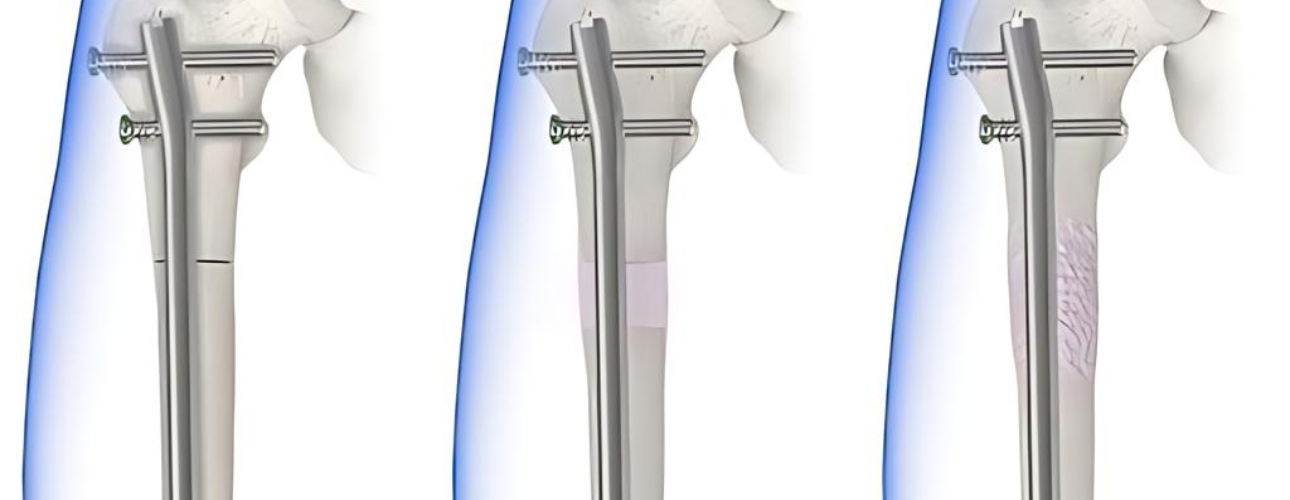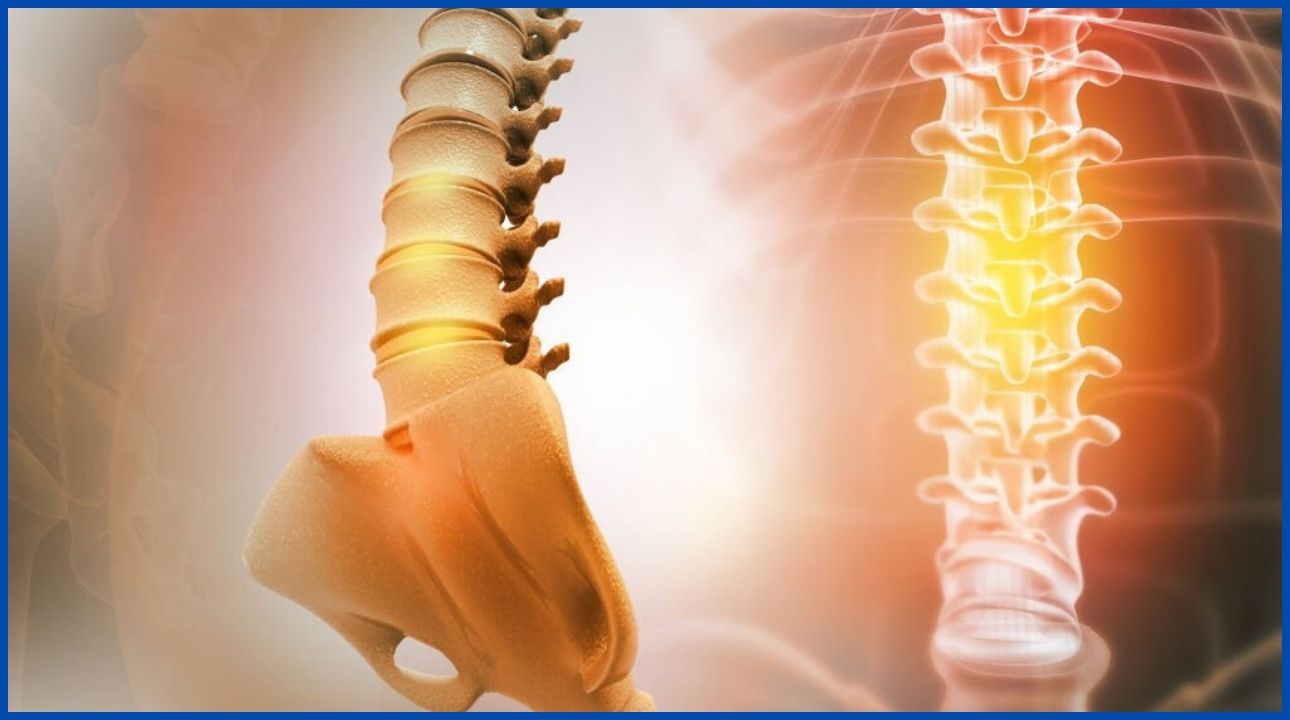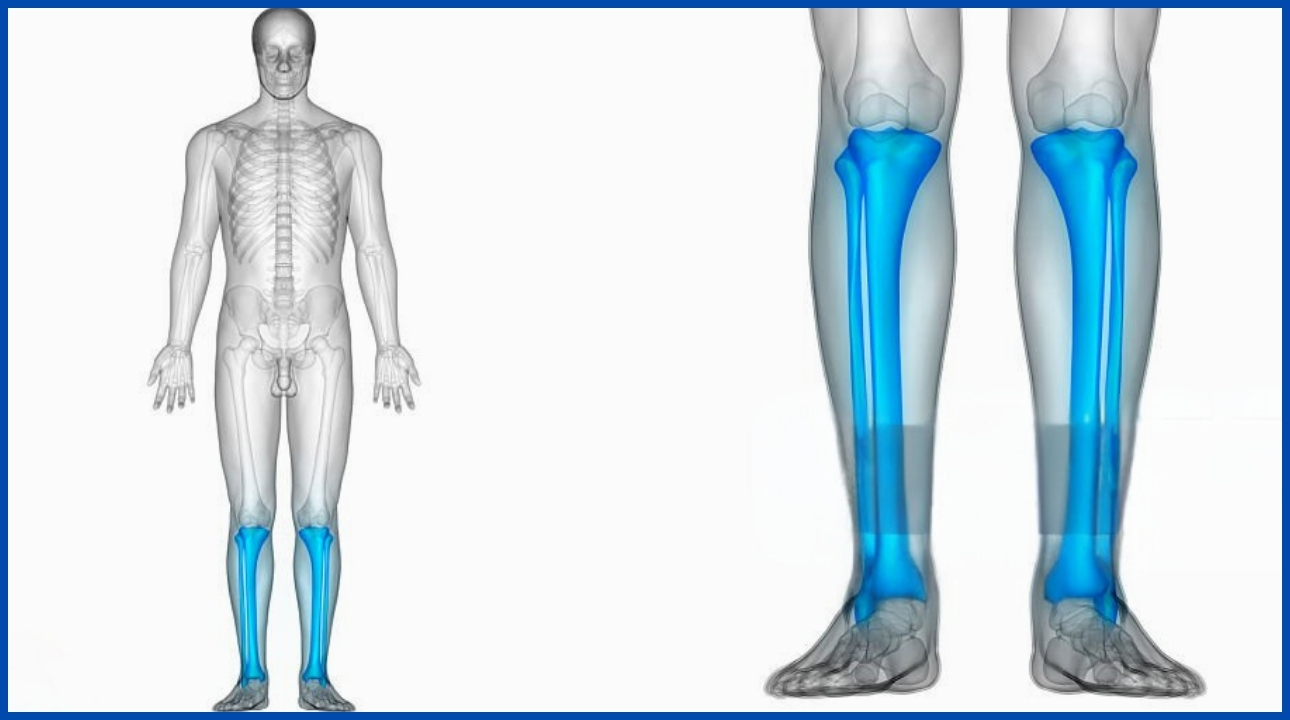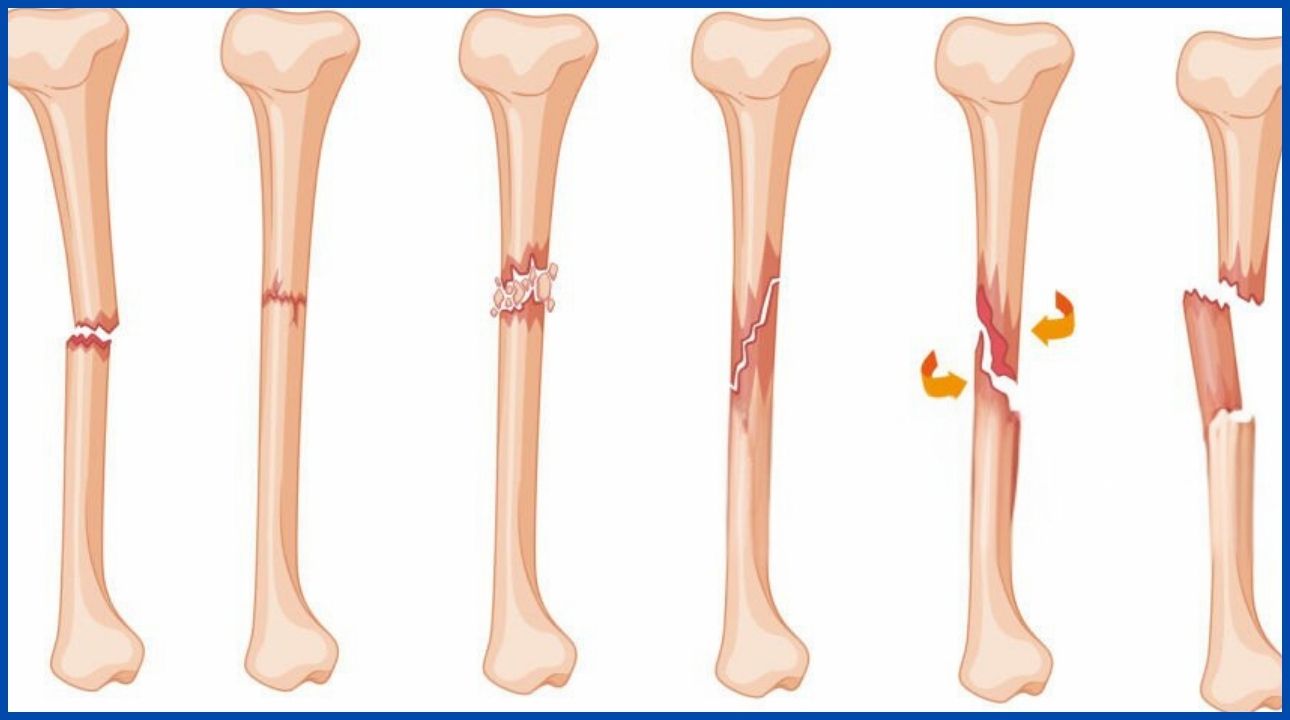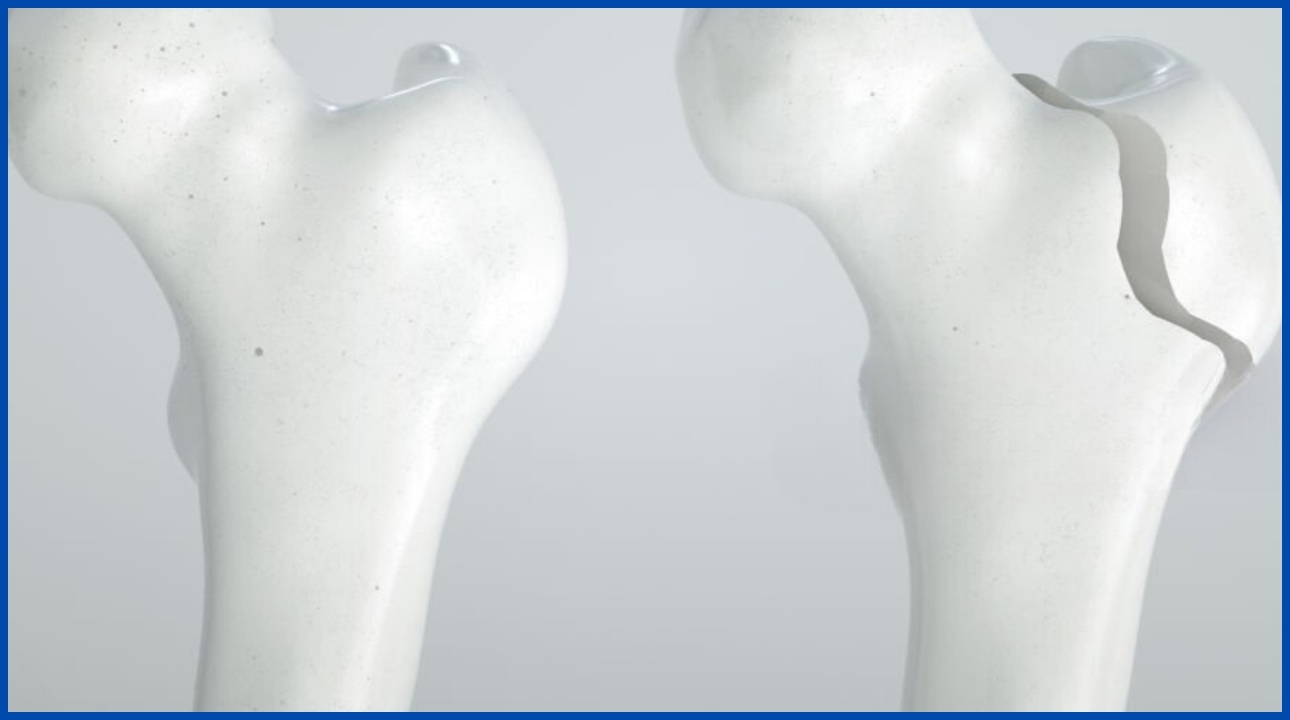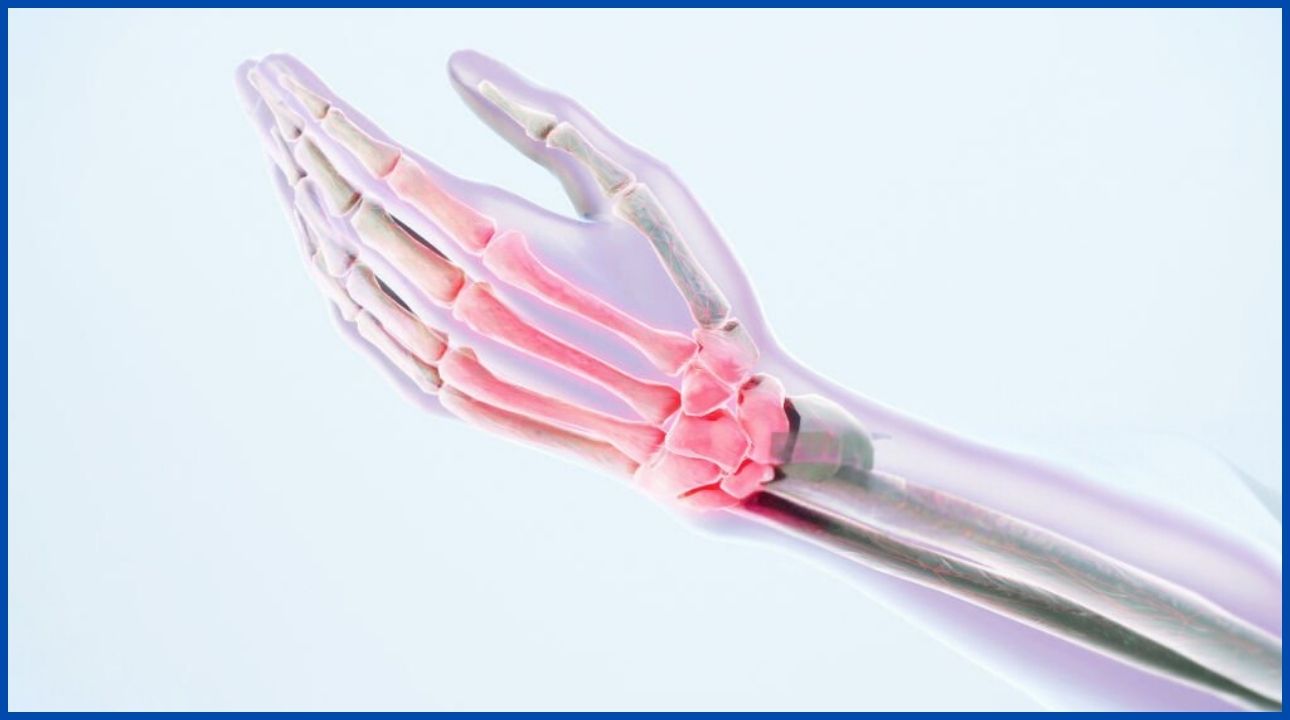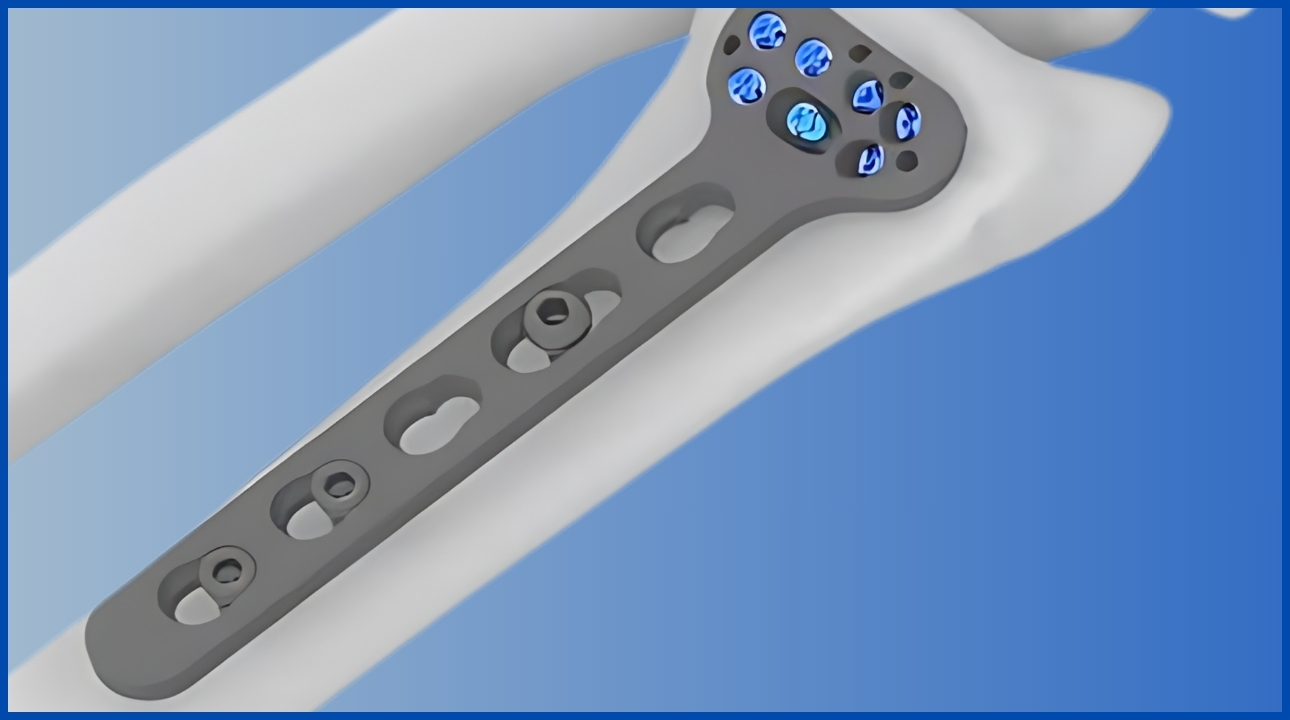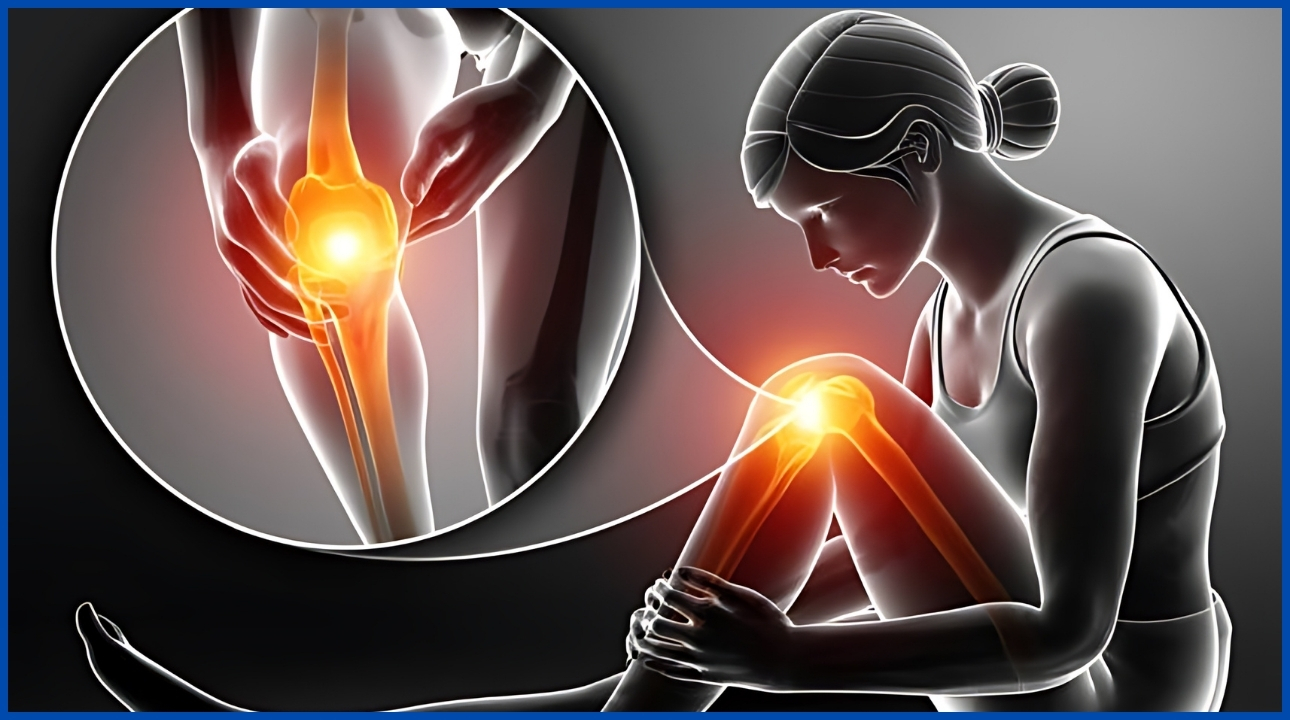
Blog
Distal Tibia Fractures: Causes, Treatments, and Advanced Solutions with Distal Tibia Nail Implants
Distal tibia fractures are complex injuries that demand specialized treatment to ensure optimal recovery and restore function. Advanced orthopedic technologies, including distal tibia nail implants, are essential for managing these challenging fractures. This guide offers an overview of distal tibia fractures, their causes, symptoms, treatment options, and the role of distal tibia nail implants in improving patient outcomes.
Understanding Distal Tibia Fractures
The tibia, or shinbone, is a key bone in the lower leg, supporting a significant portion of body weight. A distal tibia fracture occurs near the lower end of the tibia, close to the ankle joint. These fractures are challenging due to the involvement of the weight-bearing surface and proximity to the ankle, requiring precise management to restore function and prevent long-term complications.
Causes of Distal Tibia Fractures
Distal tibia fractures often result from high-energy trauma but can also occur due to low-energy incidents, particularly in older adults with weakened bones. Common causes include:
- Motor Vehicle Accidents: High-impact collisions can exert significant force on the lower leg, causing fractures.
- Falls from Height: Falling from a considerable height can lead to severe fractures from the force transmitted through the leg bones upon impact.
- Sports Injuries: High-impact sports or activities involving twisting or direct blows to the lower leg may cause distal tibia fractures.
- Osteoporosis in Older Adults: Individuals with low bone density may experience fractures from minor falls.
Symptoms of Distal Tibia Fractures
Symptoms vary by injury severity but often include:
- Severe Pain and Swelling: Pain and swelling at the fracture site, often worsened with movement or weight-bearing.
- Inability to Bear Weight: Difficulty or inability to stand or walk on the affected leg.
- Deformity or Abnormal Movement: Visible deformity or irregular movement at the fracture site in severe cases.
- Bruising and Tenderness: Bruised and tender areas around the fracture.
Treatment Options for Distal Tibia Fractures
Treatment depends on factors such as fracture type, location, overall health, and the presence of other injuries. Options include non-surgical and surgical approaches.
Non-Surgical Treatments
For fractures that are non-displaced or stable, non-surgical options may include:
- Casting or Splinting: Immobilization with a cast or splint to keep bones aligned for natural healing.
- Functional Bracing: Allows limited movement while providing support, helping maintain muscle strength and joint mobility during recovery.
Surgical Treatments
Surgical intervention is often necessary for displaced, joint-involved, or unstable fractures:
- External Fixation: A frame placed outside the leg, with pins or screws in the bone to stabilize the fracture, often used temporarily or when the skin around the fracture is compromised.
- Internal Fixation with Plates and Screws: Realigns and stabilizes displaced or multi-fragment fractures from within.
- Distal Tibia Nail Implants: For specific distal tibia fractures, particularly those involving the ankle joint or that are significantly displaced, distal tibia nail implants have become a preferred option.
Distal Tibia Nail Implants: A Superior Solution
Distal tibia nail implants are intramedullary fixation devices specifically designed for lower tibia fractures. Inserted into the bone’s medullary canal, these implants provide strong fixation, allowing early weight-bearing and faster rehabilitation.
Design and Features of Distal Tibia Nail Implants
Distal tibia nail implants are designed with advanced features for durability and precision:
- Advanced Material Composition: High-quality titanium alloys ensure strength, durability, and biocompatibility, promoting healing with reduced complication risks.
- Optimized Locking Mechanism: Multiple locking options allow secure fixation for various fracture patterns, with both proximal and distal locking for customized support.
- Anatomical Contouring: Contoured to fit the natural tibia shape, minimizing tissue irritation and promoting healing by preventing implant migration.
- Reaming and Non-Reaming Options: Suited for both reamed and non-reamed techniques, allowing tailored approaches for each case.
Advantages of Using Distal Tibia Nail Implants
These implants offer numerous advantages over traditional fixation methods:
- Stability and Alignment: Provides excellent stability for complex fractures, maintaining alignment to prevent complications.
- Minimally Invasive Technique: Smaller incisions reduce surgical trauma and recovery time, with lower scarring and infection risk.
- Early Mobilization: Allows for early weight-bearing, supporting muscle strength and joint mobility for improved functional recovery.
- Lower Infection Risk: Intramedullary placement reduces infection risks, particularly beneficial in open fractures.
Indications for Distal Tibia Nail Implants
Distal tibia nail implants are ideal for various fracture types, including:
- Comminuted Fractures: For fractures with multiple bone fragments, requiring stable fixation.
- Segmental Fractures: Multiple fractures along the same bone length needing secure alignment.
- Open Fractures: Where bone exposure increases infection risk, requiring strong, secure fixation.
Conclusion
Distal tibia fractures can significantly impact mobility and quality of life. Advanced solutions, such as distal tibia nail implants, offer superior fixation, quicker recovery, and better outcomes for patients with distal tibia fractures. For more information on orthopedic products and solutions, please contact the provider or consult a specialist.
Other Blog
Stay Connected
We're here to assist you! If you have any questions or need information about the products available on our website, please don’t hesitate to reach out.
Join the Conversation
Subscribe to our newsletter and follow us for updates and offers. We’d love to stay in touch!
Location
- Plot No. 1/2, 2&3, Survey No. 605, JD Industrial Area -1 Ravki - Makhavad Road, Ravki, Rajkot, Gujarat - 360 004


